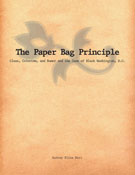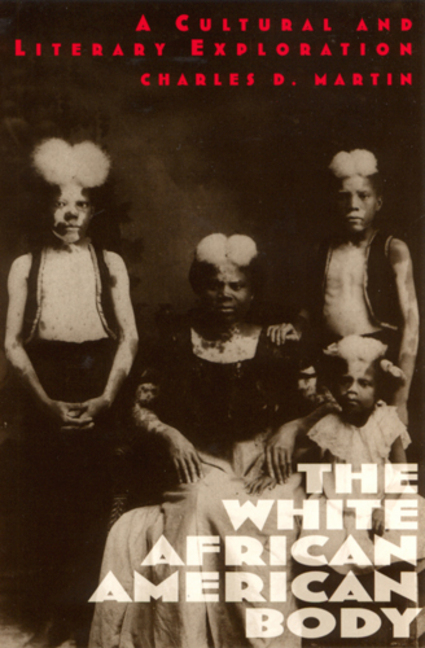God’s governor: George Grey and racial amalgamation in New Zealand 1845-1853Posted in Dissertations, History, Media Archive, Oceania, Politics/Public Policy on 2012-07-11 17:44Z by Steven |
God’s governor: George Grey and racial amalgamation in New Zealand 1845-1853
University of Otago, Dunedin, New Zealand
August 2005
346 pages
Susannah Grant
A thesis submitted for the degree of Doctor of Philosophy at the University of Otago, Dunedin, New Zealand
The legend of Governor Grey is a major feature of nineteenth century New Zealand historiography. This thesis seeks to understand Grey as a real person. Acknowledging the past as a strange and foreign place, it argues that Grey (and previous interpretations of him) can only be understood in context. The intellectual milieu of liberal Anglicanism and Victorian structures of imperial authority are crucial to understanding Grey’s policies of racial amalgamation.
Focusing on Grey’s first governorship of New Zealand, 1845 – 1853, this thesis begins by exploring the imperial networks within which he operated. The members of Grey’s web gathered and shared information to further a range of different agendas – scientific, humanitarian, and political. Grey’s main focus was native civilisation. His ideas about race were informed by liberal Anglican theology, scientific investigation and personal experience. Grey believed in the unity and improvability of all mankind. His mission as governor was to elevate natives to a state of true equality with Europeans so that all could progress together still further up the scale of civilisation. This model formed the basis of Grey’s 1840 plan for civilising native peoples, in which he proposed a range of measures to promote racial amalgamation in Australia.
Between 1845 and 1853 Grey implemented those measures in New Zealand. He used military force and British law to establish peace and enforce Crown authority. He used economic policies to encourage Māori integration in the colonial economy. He built schools and hospitals and enacted legislation to encourage the best features of British culture and limit the effects of its worst. He also augmented his power and encouraged amalgamation through personal relationships, official reports and the structures of colonial authority.
Grey was driven by complex, sometimes contradictory motives including personal gain, economic imperatives and political pressures. His policies have had ongoing, often devastating effects, on Māori and on race relations in New Zealand. This thesis brings to light the ideas and attitudes which formed them. Grey understood himself as a Christian governor ordained to civilise Māori and join them with British settlers in accordance with God’s divine plan for improving humankind.
Table of Contents
- Introduction: Beyond Black and White
- 1. Information and Improvement: an Imperial Web
- 2. Civilising Schemes: Ethnography and Empire
- 3. Law and War: the Politics of Humanitarian Control
- 4. Economic Integration: Land, Labour and Loans
- 5. Social Elevation: Education, Health and Culture
- 6. Personal Rule: Performing Authority
- Conclusion
- Bibliography
Read the entire dissertation here.

